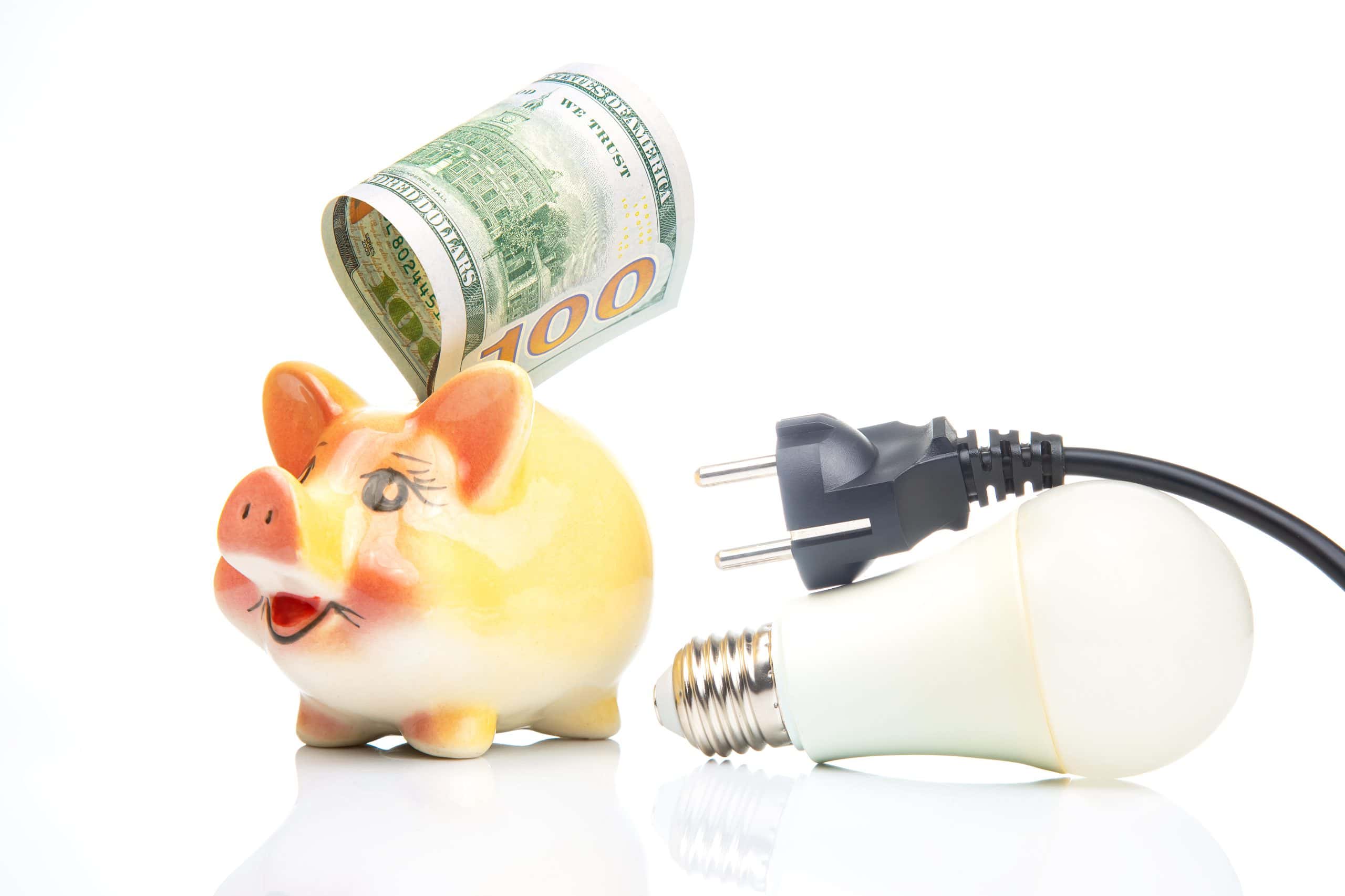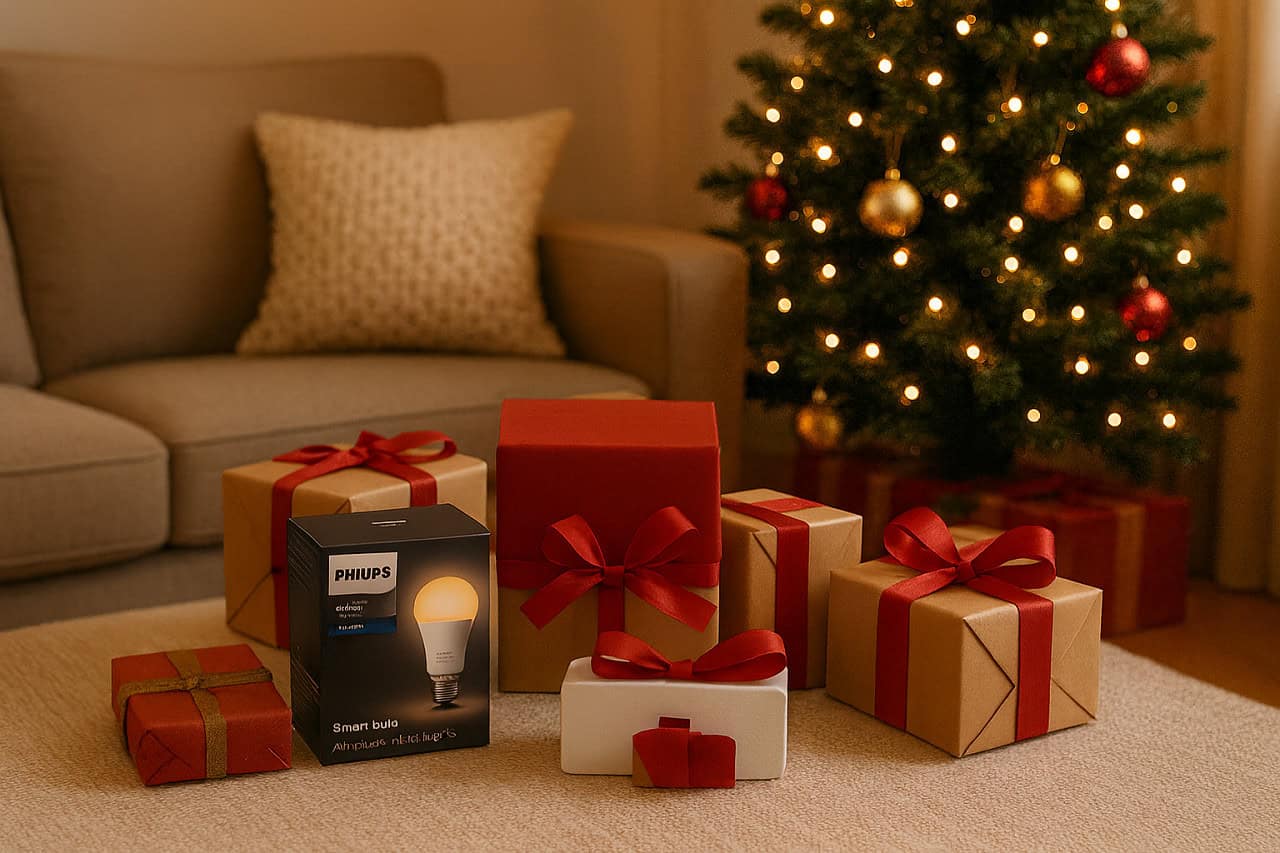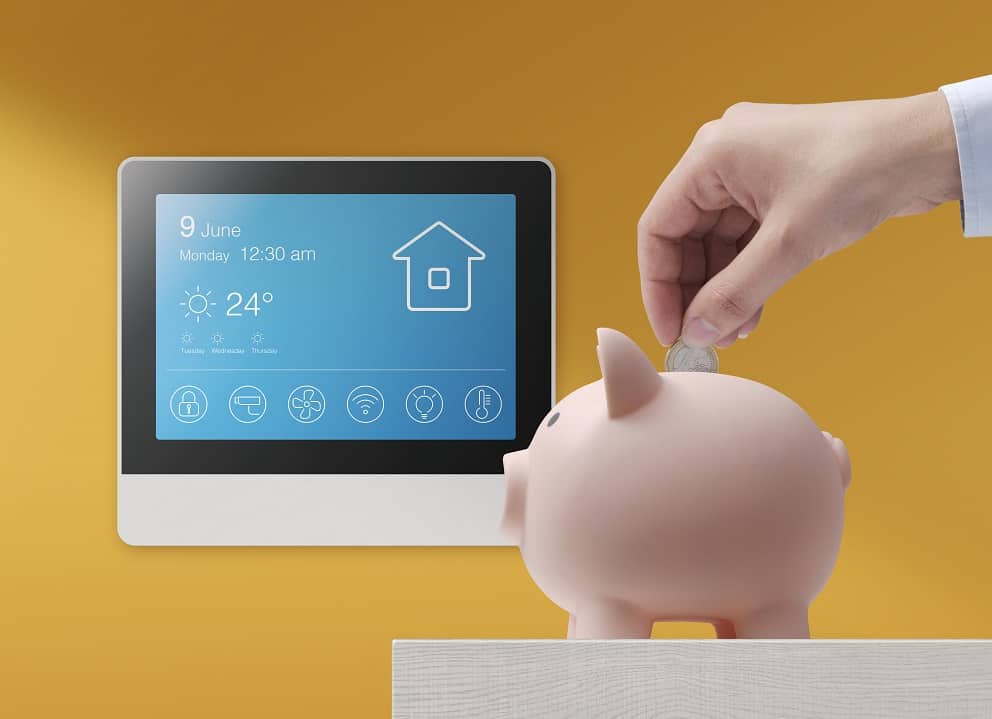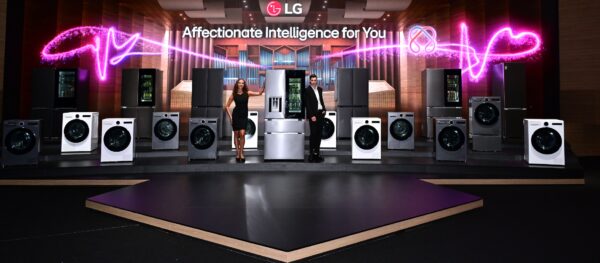Smart home devices are showing up in more homes every year. Many people use them for things like comfort or security, but they can also help with saving energy. If you are looking to lower your energy bills or just want to use less power, these tools can help. This post will talk about smart thermostats, LED lighting, and energy monitors. You will see how these devices work, how you can control them from your phone, and how they might cut costs. If you want to know how tech can help you waste less energy, read on.
Smart Thermostats and Temperature Control
Smart thermostats have features that let them learn your daily routine and adjust the temperature in your home based on your habits. Many models can create a schedule to lower the heat or air conditioning when you are not home and bring it back to a comfortable level before you return. This means you do not have to remember to change the settings yourself, which can help keep your home from using more energy than needed.
Another feature of smart thermostats is remote access. You can use a phone app to check or change the temperature in your home from almost anywhere. This can be useful if you forget to adjust the thermostat before leaving or if you want to warm up or cool down your house before you walk in. Most apps with remote access also have the ability to track when you are getting close to home, so they can prepare the home in advance for you automatically.
These features can affect your heating and cooling costs. By keeping your home at a different temperature when you are not there, smart thermostats can help reduce the amount of energy used by your heating and cooling system. Over time, this may lower your power bills and help you use less energy overall.
LED Lighting and Smart Bulbs
LED bulbs use less electricity than traditional incandescent or halogen bulbs. They last longer, which means they do not need to be replaced as often. This can help lower the cost of running lights in your home over time.
Smart bulbs and smart switches let you turn lights on or off from your phone or by using voice commands. Some devices have timers so you can set them to turn lights off after a certain amount of time. This can help prevent lights from being left on when not needed. Many smart lighting systems let you set custom schedules. For example, you can have lights turn on at sunset and turn off when you go to bed. Setting up these schedules can cut down on wasted energy and help you use electricity only when you need it.
Between the reduced energy consumption of LED lights, and the ability to automatically schedule them on or off, you can save money and have a more comfortable home.
Using Energy Monitors and Plugs
Energy monitors and smart plugs are tools that give you a way to track how much electricity different devices in your home are using. Many of these monitors show real-time data, so you can see which devices are on and how much power they are using at any moment. This can help you figure out if something is using more electricity than you expected.
When you use these monitors, it becomes easier to spot which devices use the most power. Some items might use a lot more electricity than you think. By knowing which devices are using the most energy, you can make choices about when to run them or decide if it is time to replace them with something that uses less power.
Many smart plugs come with features that let you set timers or turn off devices from your phone. If you forget to turn something off, you can shut it down without being at home. Some plugs can even turn off devices by themselves when they sense that no one is using them. These tools can help you cut down on wasted energy and lower your electric bill.
In Summary
Smart home devices can make it easier to use less energy without much extra effort. Smart thermostats can help manage heating and cooling, while smart lighting and plugs give you more control over when and how much power you use. Energy monitors help you see where your electricity goes, so you can make changes that matter. These tools can help lower your bills and reduce waste, all by using technology that fits right into your daily routine.




